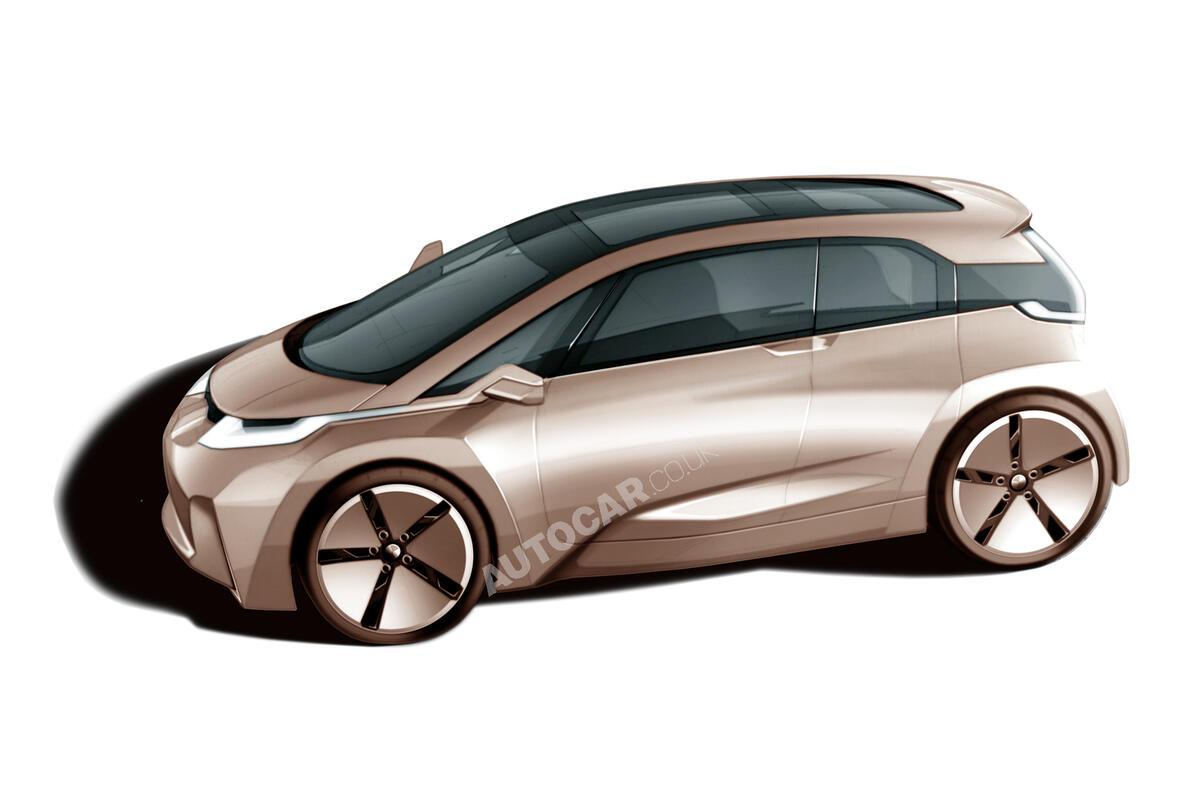BMW's Megacity, due in 2013, will be sold under a sub brand and meet the issue of sustainability head-on. BMW admits that it will have a much longer service life than a typical modern car. It is a radical design based on a corrosion-proof aluminium chassis and carbon passenger cell, as well as a robust electric motor and single-speed gearbox.
Only the Megacity’s battery pack has a fixed life. It also benefits from half the number of parts of a conventional car, making it easier and quicker to build. A typical Megacity could stay in service for decades with relatively little expense.
See Autocar's exclusive rendering of the BMW Megacity
Research and development
The huge research and development programme that led to the Megacity began late in 2007. BMW staff were deployed to London, Los Angeles, Paris, Barcelona, Tokyo, Mexico City, Shanghai and the Ruhr Valley in Germany.
“We carried out interviews in these mega cities and talked to mayors and city planners. We even lived in customers’ houses and drove with them on their commutes,” explained a BMW boss. “All the cities had their own particular characteristics. We saw LA as being ‘car affinitive’ and Tokyo as ‘car averse’. For example, young people between 18 and 22 in Tokyo don’t have driving licences. In Barcelona the streets are narrow and the authorities have special lanes for one-track vehicles. In Mexico pollution and safety were the big issues and people see their cars as a safe environment.
“Drivers appreciate personal transport but city planners are going to use emissions legislation to control access. That meant the first product from Project i had to be zero emission. And the production process also has to be low emission,” the source revealed.
Changes to how we live
BMW’s fascination with city transport is underpinned by widespread predictions that the move from rural to city living will continue apace over the next 40 years until 2050, when 70 per cent of the world’s population will live in urban areas. Indeed, 2007 was the point at which the majority of the world lived in urban areas.
BMW expects the number of ‘mega cities’ — which are home to over 10 million people — to increase. That means the majority of BMW’s potential customers will be in urban areas subject to significant environmental pressures.
Changes to how we drive





Join the debate
Add your comment
Re: BMW Megacity: in-depth analysis
Are car manufacturers really going to reject the revenue stream from servicing and repairs that they have worked so long and hard to generate and control?
Whilst the idea of a corrosion proof aluminum chassis extending the life of the car is interesting I am not aware of chassis corrosion being a major cause of write off for modern cars. Surely the basic principles of writing off a car will remain the same? ie. When the cost of a repair after crash or component failure exceeds the value of the car or the cost to replace. Aluminium chassis and carbon tubs are not currently renowned for being cheap to repair.
Surely extending car ownership is one part of the way forward and that isn't likely to benefit the big car manufacturers.